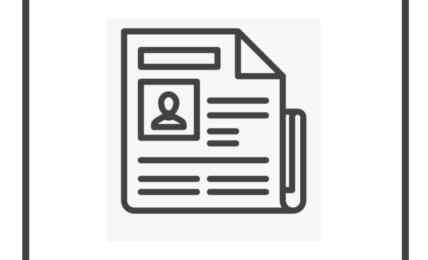By: Mark Vaessen, Partner, KPMG in the Netherlands
Demand is building for a global multi-stakeholder reporting system that uses a so-called ‘double materiality’ lens to enable companies to explain both how ESG-related matters impact their business and how their business impacts the planet and society.
Europe was the first and China is the most recent major economy to propose a framework for its companies that encompasses both perspectives. But across the globe, stakeholders are accepting that the global ESG reporting ecosystem should be a consistent framework that reflects both financial and impact materiality.
Such a comprehensive global reporting framework can not only help drive consistency and comparability, but also better support individual jurisdictional objectives. Each country, territory and region could reflect its own vision and national public policy objectives by overlaying national requirements.
What role are the ISSB and GRI expected to play?
Last month, the International Sustainability Standards Board (ISSB) committed to work more closely with the Global Reporting Initiative (GRI) to deliver full interoperability between their standards, starting with biodiversity.
This agreement could ultimately bring real change to the way companies report on such issues and could contribute to resolving the different approaches to materiality that currently separate the major frameworks – as the ISSB focuses on financial materiality, whereas GRI focus on impact materiality.
This is more than a simple agreement between the bodies to work more closely together. It represents an opportunity to show what a comprehensive global reporting framework might look like and to resolve some of the challenges of reporting on double materiality.
How could it work?
The ISSB’s next priority is its BEES research project (on biodiversity, ecosystems and ecosystems services). It will research the disclosures that could be used to give investors relevant information on the topic. The ISSB has already committed to draw on existing sources, including the GRI’s biodiversity standard and the work of other standard-setters such as the European Financial Reporting Advisory Group (EFRAG) and the Taskforce on Nature-related Financial Disclosures (TNFD).
However, crucially, rather than setting a new standard and then mapping similarities and differences to GRI, the two standard-setters have now agreed to work together from the start to make sure that a future ISSB standard would fit seamlessly together with GRI’s existing standard. The ISSB’s contribution would focus on investor needs and the GRI disclosures would address impact materiality, with clearly explained overlap.
The involvement of these key bodies, then, in developing jointly a biodiversity requirement that includes impact and financial materiality could result in that all-important global approach — at least for reporting on biodiversity. The ISSB could then apply a similar approach for its future projects, such as human capital.
This work, completed in good time, could conceivably be ready for consideration for the first mandatory revision of European Sustainability Reporting Standards (ESRS) in 2026.
What could it take?
The world’s standard-setters have done well to get this far and in this timescale. But many are concerned about regulatory fragmentation — the disconnected development of different standards, by different bodies, resulting in multinational companies reporting under multiple frameworks.
Public concern and political support continue to give momentum to their efforts. But achieving this by 2026 — by the time the EU makes its first revisions to ESRSs — would require all parties to demonstrate the same sense of urgency as they have over the past couple of years.
How can we achieve the ultimate goal?
Since the publication of the ISSB Standards and ESRSs, a lot of work has gone into retrospectively mapping the points of interoperability between the two frameworks. But this exercise was only necessary because there were two starting points.
Now we should aim higher and unite the efforts of standard-setters as they develop the next sustainability reporting standards. This includes sector standards. We encourage all parties to see the new collaboration between ISSB and GRI as the first step of this happening in practice — and to support their efforts.
Such collaboration in the development of the next generation of sustainability reporting standards could — and should — result in the comprehensive toolkit that’s essential for an efficient ESG reporting ecosystem.



